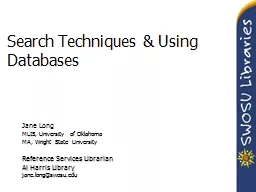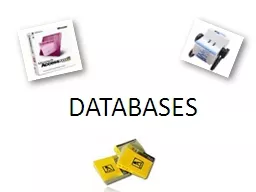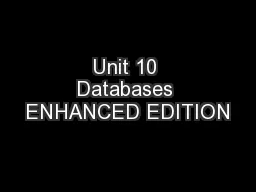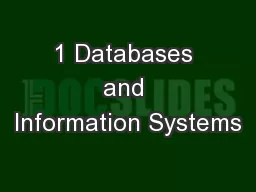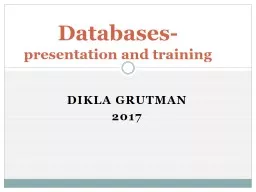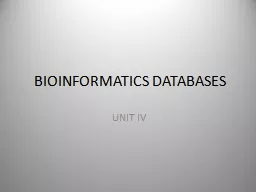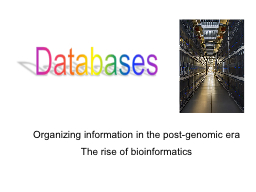PPT-Use of clinical laboratory databases to enable early identi
Author : karlyn-bohler | Published Date : 2017-05-01
Dr David Kennedy Dr Hugh Rayner Dr Jessie Raju Miss Kamaljit Chatha Chronic kidney disease CKD CKD is common est 9 adults in England Prevalence increased in
Presentation Embed Code
Download Presentation
Download Presentation The PPT/PDF document "Use of clinical laboratory databases to ..." is the property of its rightful owner. Permission is granted to download and print the materials on this website for personal, non-commercial use only, and to display it on your personal computer provided you do not modify the materials and that you retain all copyright notices contained in the materials. By downloading content from our website, you accept the terms of this agreement.
Use of clinical laboratory databases to enable early identi: Transcript
Download Rules Of Document
"Use of clinical laboratory databases to enable early identi"The content belongs to its owner. You may download and print it for personal use, without modification, and keep all copyright notices. By downloading, you agree to these terms.
Related Documents



